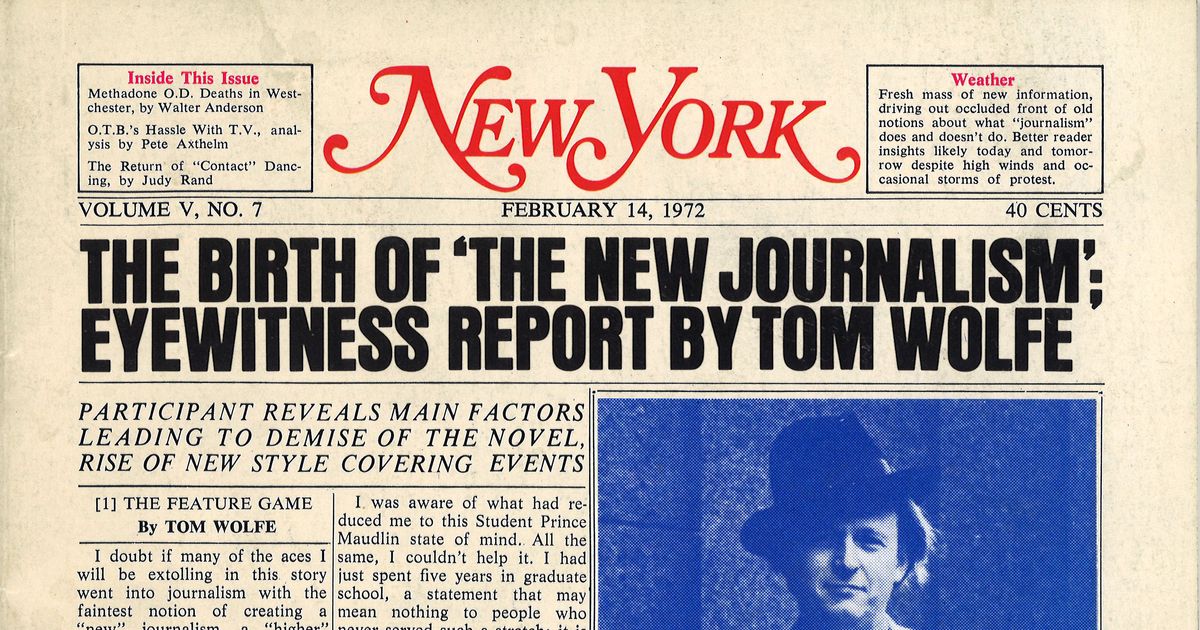What Does News Articles Do?
Table of ContentsThe Definitive Guide for News ArticlesThe News Articles PDFsIndicators on News Articles You Should KnowThe 10-Second Trick For News ArticlesIndicators on News Articles You Should Know
Excellent expertise of different topics gives students an affordable side over their peers. Also though electronic and social networks are easily available, we need to not forget exactly how essential it is to review the newspapers. Parents need to try and instill the habit of reviewing a newspaper as a daily routine to continue the legacy of the revered print tool.Information tales likewise contain a minimum of among the complying with essential attributes about the desired target market: closeness, prestige, timeliness, human interest, curiosity, or effect. The related term journalese is often utilized, usually pejoratively, to refer to news-style writing. An additional is headlinese. Papers generally adhere to an expository writing style.
Within these limitations, newspaper article additionally aim to be detailed. However, various other variables are included, some stylistic and some stemmed from the media form. Among the bigger and extra reputable newspapers, justness and balance is a significant element in offering info. Commentary is normally constrained to a separate section, though each paper may have a various overall slant.
Newspapers with a global target market, as an example, have a tendency to utilize an extra official design of writing. The certain choices made by a news electrical outlet's editor or editorial board are often collected in a design overview; usual style overviews consist of the and the US News Design Publication. The primary objectives of news writing can be summed up by the ABCs of journalism: accuracy, brevity, and clarity.
What Does News Articles Mean?
As a regulation, journalists will not make use of a long word when a short one will certainly do. They use subject-verb-object building and brilliant, active prose (see Grammar). They offer narratives, examples and metaphors, and they hardly ever rely on generalizations or abstract concepts. News writers attempt to prevent utilizing the exact same word more than once in a paragraph (in some cases called an "echo" or "word mirror").
Headlines in some cases omit the topic (e.g., "Leaps From Watercraft, Catches in Wheel") or verb (e.g., "Cat female fortunate"). A subhead (also subhed, sub-headline, subheading, caption, deck or dek) can be either a secondary title under the main headline, or the heading of a subsection of the article. It is a heading that precedes the major message, or a team of paragraphs of the primary text.

of an article subject, source, or interviewee), it is referred to as a drawn quotation or draw quote. Extra signboards of any one of these kinds may appear later in the article (particularly on succeeding web pages) to attract additional reading. Journalistic web sites sometimes make use of animation strategies to exchange one billboard for another (e.g.
8 Simple Techniques For News Articles
Such billboards are also utilized as reminders to the post in various other sections of the publication or site, or as advertisements for the item in various other publication or sites. News release of the Swiss government. Typical structure with title, lead paragraph (recap in strong), other paragraphs (information) and get in touch with details.
Example of a hard-lead paragraph NASA is proposing an additional his explanation room task. The budget plan demands approximately $10 billion for the project.
The NASA statement came as the firm asked for $10 billion of appropriations for the project. An "off-lead" is the second most essential front page information of the day. The off-lead shows up either in the leading left edge, or directly listed below the lead on the. To "hide the lead" is to begin the short article with background details or information of second importance to the readers, forcing them to find out more deeply into a post than they need to need to in order to discover the essential factors.
Excitement About News Articles
Typical usage is that or 2 sentences each create their very own paragraph. Journalists typically describe the organization or structure of a newspaper article as an upside down pyramid. The important and most interesting elements of a tale are put at the beginning, with supporting information adhering to in order like this of lessening relevance.
It permits individuals to check out a topic to only the deepness that their curiosity takes them, and without the charge of details or nuances that they could take into consideration unnecessary, but still making that information offered to extra interested readers. The upside down pyramid framework likewise makes it possible for posts to be trimmed to any type of arbitrary size during layout, to suit the room readily available.
Some authors begin their stories with the "1-2-3 lead", yet there are several kinds of lead offered. A twist can refer to several points: The last story in the information program; a "pleased" tale to finish the show.
Longer short articles, such as publication cover articles and the pieces that lead the inside sections of a newspaper, are recognized as. Function stories vary from straight information in a number of ways.
Little Known Questions About News Articles.
A feature's very first paragraphs typically relate a fascinating moment or occasion, as in an "unscientific lead". From the details of a person or episode, its view rapidly expands to generalizations about the story's subject.

The Editor's Toolbox: A Reference Guide for Beginners and Professionals (2001) Allan M. Siegal and William G. Connolly. The New York City Times Guidebook of Design and Usage: The Authorities Style this Overview Utilized by the Writers and Editors of the Globe's Many Reliable Paper (2002) M. L. Stein, Susan Paterno, and R.